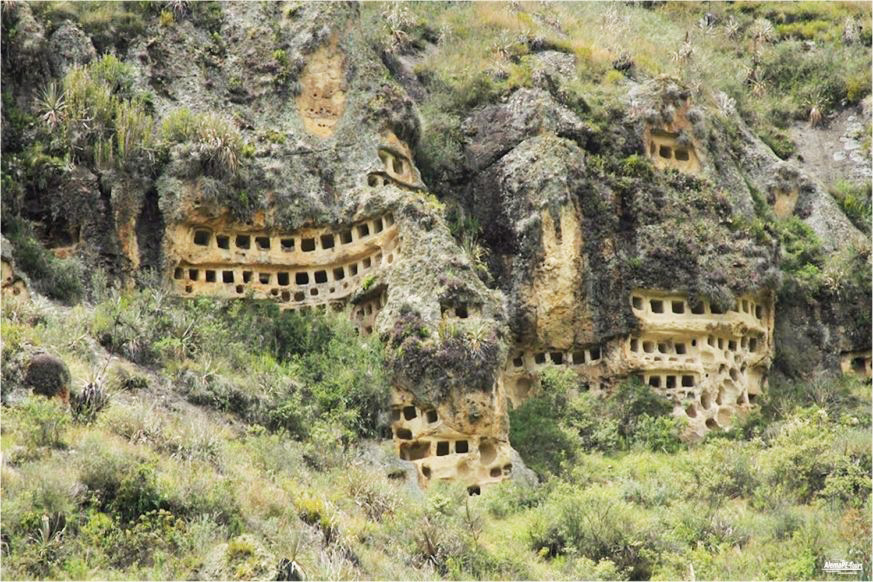|
"WE DIG UP A SMALL CHANNEL ALONG THE HILL"
In 2007, during a technical visit to Cajamarca, Peru, our party of three
(a guide, a driver, and myself) were on our way to Combayo
and stopped for
lunch at a house located on the side of the road.
Combayo is
a small town tucked away in the Andes Mountains,
28 km north of the capital city of
Cajamarca, at an altitude of
3 150 m, with annual precipitation ranging from
500 to 1 500 mm (see figure). While
waiting for our food to be prepared, I strolled
around the vicinity and struck up a conversation with a 10-yr old boy who was
working the field by himself. Since the source and availability of water was a
major focus of our visit,
I pointedly asked the boy where they got the water to grow the potatoes, a local staple.
I had two possible answers in mind: (1) through dry-land farming (rainfed), or (2) by irrigation,
and was eager to learn
how they went about it.
|
| 200106 07:00 |
